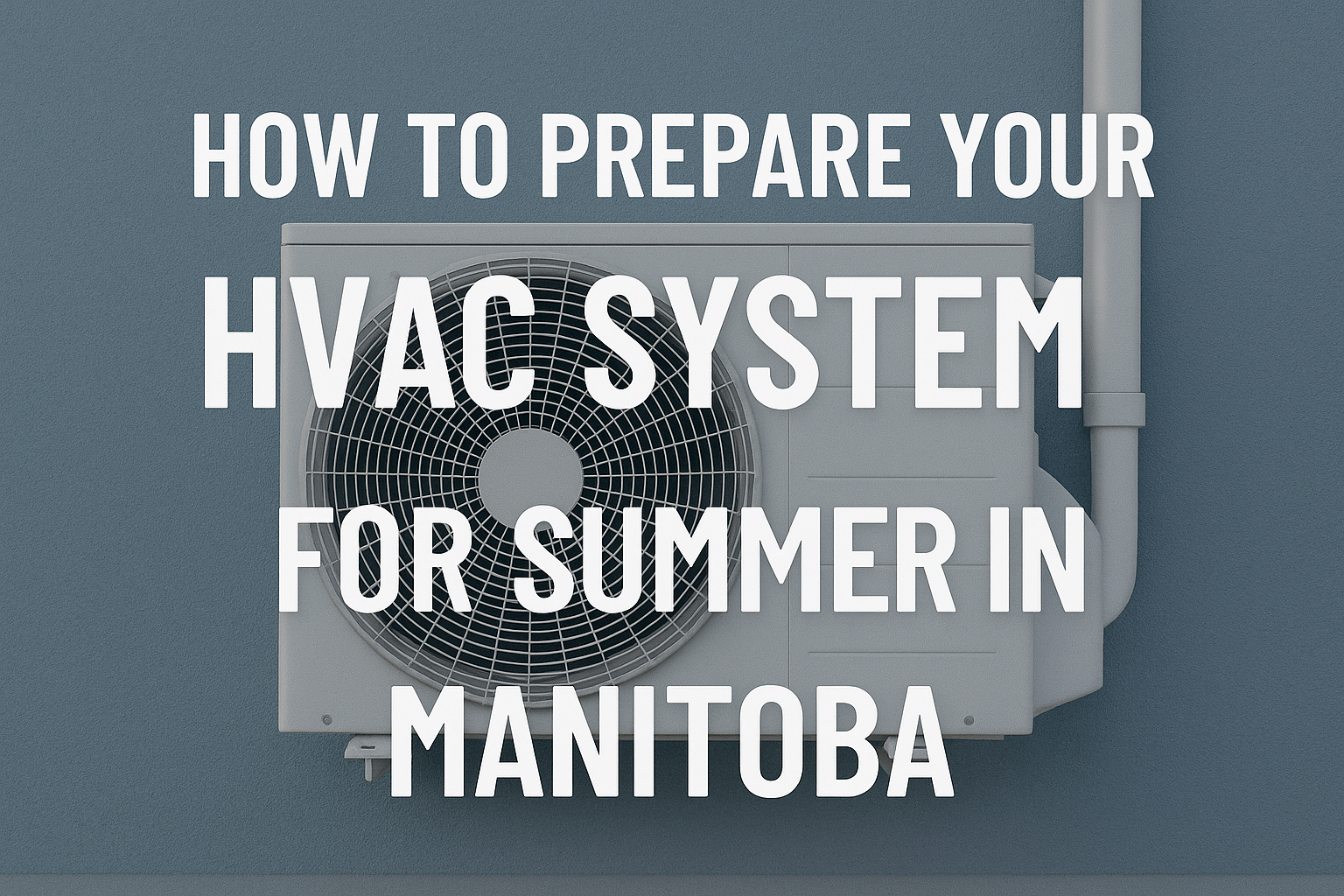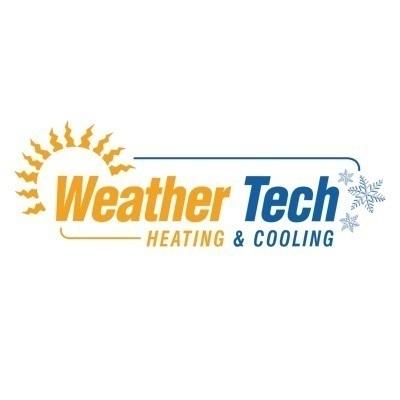Notifications

8 minutes, 50 seconds
-251 Views 0 Comments 0 Likes 0 Reviews

As Manitoba's snowy season melts into warm summer days, it's time to shift your focus from heating to cooling. Your HVAC system has worked hard all winter to keep your home cosy, and now it needs a bit of attention to get ready for the hotter months ahead. Preparing your system for the seasonal change can improve its efficiency, extend its life, and help avoid unexpected breakdowns when you need cooling the most. At Weather Tech Heating & Cooling, we specialise in helping Manitoba homeowners stay comfortable all year round. With the right steps, you can make sure your HVAC system runs smoothly and efficiently all summer.
The first step in preparing your HVAC system for the summer heat is booking a seasonal tune-up with a professional technician. After a long winter, your system might need cleaning, part replacements, or recalibrations. A trained HVAC professional will inspect your system inside and out, ensuring everything is working properly before summer stress sets in.
During an inspection, technicians clean or replace air filters, check refrigerant levels, tighten electrical connections, and make sure all moving parts are lubricated. If you've experienced uneven cooling in the past or noticed your system was louder than usual, now’s the perfect time to address those issues before they get worse.
Your HVAC system’s air filter plays a critical role in keeping the air in your home clean and your system running efficiently. Over time, filters become clogged with dust, pollen, and other debris. This can restrict airflow, forcing your system to work harder and potentially leading to higher energy bills.
Changing the air filter is one of the simplest and most cost-effective ways to prepare for summer. Ideally, filters should be replaced every one to three months, depending on usage and whether anyone in your home has allergies or respiratory conditions. Clean filters improve airflow and help keep your indoor environment healthier as the pollen count rises during the warmer months.
In Manitoba, many homes are equipped with an HRV (Heat Recovery Ventilation) system to improve indoor air quality during the winter. It brings in fresh air while recovering heat from outgoing air. However, as summer approaches, continuing to run your HRV can introduce warm air into your home, counteracting your air conditioner.
Knowing how to turn off HRV system settings for summer can help you maintain a cooler and more energy-efficient environment. Depending on your system, you may simply need to switch it to “standby” or “off” mode. If your unit has a dehumidistat or programmable settings, reduce the ventilation rate or disable it during warmer weather. If you're unsure, Weather Tech Heating & Cooling can walk you through the process or handle the transition during your HVAC tune-up.
Your HVAC’s outdoor condenser unit can become blocked with leaves, twigs, and other debris during the fall and winter. This can restrict airflow and reduce efficiency. Before the hot weather hits, inspect the area around your unit and clear away any obstructions. Make sure there’s at least two feet of clearance around the unit to ensure proper ventilation.
It’s also a good idea to gently rinse the coils with a hose to remove any dirt buildup. Be careful not to bend the fins or damage any components. If you’re not comfortable doing this yourself, one of our technicians at Weather Tech Heating & Cooling can include this in a routine maintenance check.
Your thermostat is the brain of your HVAC system. To prepare for summer, make sure it’s programmed to reflect your cooling preferences. If you’re still using a manual thermostat, consider upgrading to a smart or programmable model. These allow you to set schedules, save energy while you’re away, and even control your system remotely from your phone.
Set your thermostat a few degrees higher when you’re not home to reduce unnecessary energy use. A well-calibrated and properly programmed thermostat can make a big difference in comfort and energy bills throughout the summer.
Though it might seem unrelated to your summer HVAC prep, it’s a good time to inspect the chimney for furnace ventilation systems, especially if your furnace is vented through a chimney. Over the winter, chimneys can become blocked with debris or damaged due to ice and moisture. Even if you’re not using your furnace during the summer, ensuring the chimney remains in good shape prevents potential issues when the heating season returns.
Proper ventilation also plays a role in your home’s overall indoor air quality and airflow. A blocked or damaged chimney can affect your entire HVAC system’s performance, especially if it's tied into the same exhaust or ventilation configuration. We recommend an annual inspection to keep it in safe working condition year-round.
Once your HVAC system is ready to cool, the next step is making sure your home can hold that cool air effectively. Inspect doors, windows, and ductwork for air leaks that could force your system to work harder than necessary. Sealing these gaps will reduce your energy consumption and help maintain a comfortable indoor temperature throughout the summer.
Weather stripping and caulking around windows and doors is an easy weekend project that pays off in lower utility bills and better comfort. You might also consider insulating ductwork in attics or crawlspaces to reduce heat gain.
Preparing your HVAC system for summer in Manitoba isn’t just about beating the heat—it’s about making your home more energy-efficient, cost-effective, and comfortable. With professional guidance and seasonal maintenance, you can rest easy knowing your system is ready for whatever the season throws at it.
At Weather Tech Heating & Cooling, we’re proud to be Manitoba’s trusted HVAC experts. From teaching you how to turn off HRV system features to inspecting the chimney for furnace safety and airflow, we do it all with precision and care.
how to turn off HRV system HRV system Winnipeg Heating and Cooling Services

